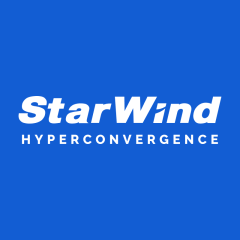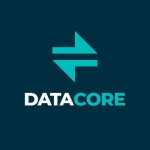We are a small to mid-sized Eye Clinic that in 2015, had to upgrade our Patient Management & Billing system. Deciding to stick with our current vendor, we migrated to their “cloud” product, which is a hosted RDS Farm solution.
Our two-year experience on their “cloud” was coupled with numerous outages and continual slowness issues on a weekly basis. In 2017, we decided to bring the system back on-premises and so we began looking for a solution to run it along with our other virtual machines.
Fault-tolerance was the primary requirement in our search and having worked with VMware vSAN in the past, we knew that it would be a viable solution, albeit one that would exceed the budget. That's when we discovered the StarWind HyperConverged Appliance, a two-node highly available solution that fell within the allotted budget.
We purchased the StarWind solution and it ran flawlessly for two years, then in late 2019, the unthinkable happened. Our clinic caught fire and the building and all of its contents were destroyed. Knowing we had offsite backups, we just needed the hardware to restore our servers.
In contacting our StarWind account rep, they completely understood the circumstance we were in. They accelerated the order, build, and shipment of the new two-node appliance. As management worked on obtaining an alternate building to restore the service of treating our patients, the servers were delivered to my home so that the restoration process could begin.
The StarWind engineering and support staff were a tremendous help as they assisted in the restoration process. Knowing that StarWind will drop and do what’s needed to help a customer in dire straights has won us over as a faithful customer for life.
Thank you, StarWind!!!
Having a two-node, fully redundant host appliance solution that has been 100% reliable makes it easier to sleep at night.
In our experience with StarWind, the support has been by far the most valuable feature.
When we purchased the StarWind HyperConverged Appliances, they shipped with the Windows-based vSAN solution. Since then, they have released vSAN for vSphere, which is based on a Linux VM and would save us money as we would be able to get rid of the two Windows Server Licenses.
In the future, it would be nice to be able to migrate from the Windows vSAN to the Linux vSAN without having to do a full restore from backups.
We have been using the StarWind HyperConverged Appliance solution for four years.












